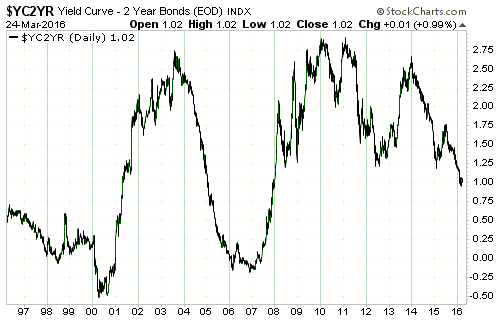Contrary to the opinions of some hard-money advocates, money should not be backed by gold. In fact, money should not be backed by anything.
Money is the most commonly used means of final payment in an economy. Consequently, something cannot be money (a means of FINAL payment) and at the same time be backed by something else, because in that case it’s the thing that does the backing that is actually money. For example, during the period in which the US was on a Gold Standard the US dollars in circulation were not money; they were receipts for money (gold). To put it another way, during the Gold Standard period the US dollars in circulation were not money backed by gold. Rather, gold was money.
Criticism of today’s money on the basis that it is not backed by anything therefore contains a fundamental misunderstanding of money. Money (the general medium of exchange) can be almost anything, but if something is money then it cannot, by definition, be ‘backed’ by something else.
On a related matter, the Gold Standard is not a good idea. This is because it necessarily involves the government fixing a price (the price of an ounce of gold or the price of a currency unit). When the government has the power to manage/control something in accordance with certain rules, the government will always be able to change the rules to suit itself. A successful attempt to return to a Gold Standard would therefore inevitably be followed by rule changes that led back to where we are today.
What would be a good idea is to get the government completely out of the money business.
 Print This Post
Print This Post

